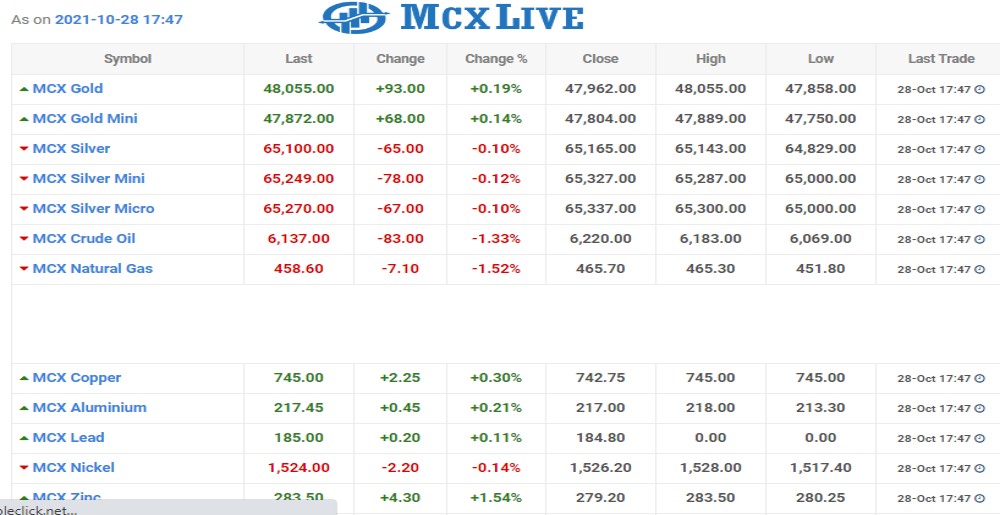
The U.S. dollar lost value against major currencies on Wednesday as the Bank of Canada started off a series of awaited central bank policy comments with a hawkish tone.
The moves broke a calm that had settled over the currency markets this week and took the U.S. dollar index down 0.2% to 93.759.
The greenback lost 0.7% to the loonie, which traded for $1.2310 at 1432 GMT.
“You’re going to see more FX volatility and swings here,” said Ed Moya, senior market analyst at broker OANDA.
Traders will have different expectations for inflation in each region, Moya said, adding: “Interest rate differentials are going to be really hard to calculate for some currencies.”
The Bank of Canada said it now expected slack in the economy to be absorbed in the “middle quarters” of 2022, signaling rates could rise months sooner than previously forecast.
Before the announcement, the Canadian dollar had weakened to its lowest level in nearly two weeks against its U.S. counterpart.
The comments from the Bank of Canada could trigger new assessments of how interest rates will change and impact currencies as central bankers try to support the pandemic recovery without unleashing sustained inflation. Currency markets had moved little in the first two days of this week as traders paused for monetary policy announcements from major central banks around the world, including the U.S.
Federal Reserve, which meets next week.
For much of the day, the euro traded within 0.2% of its Tuesday close against the dollar. The euro was last up about 0.2% to $1.1614.
The European Central Bank meets on Thursday and is expected to take a dovish stance. The German government cut its 2021 growth forecast for this year, as supply bottlenecks for semiconductors and rising energy costs delay recovery in Europe’s largest economy.
Germany’s 10-year bond yield fell to its lowest in more than a week and its yield curve flattened.
Similarly, the U.S. yield curve flattened with the spread between yields on two- and 10-year Treasuries narrowing to fewer than 105 basis points, the least in over a month.
The 10-year yield dipped below 1.56% on Wednesday. It had reached 1.70% last week.
Flattening yield curves in developed markets this week may reflect concern, analysts say, that central banks will error if they tighten policy too early in the face of higher inflation that proves temporary.
The Australian dollar up 0.2% to $0.7514 after having gained 0.4% after data showed that Australian core inflation sped to a six-year high in September, surprising the market. The data prompted a spike in short-term yields.
The Reserve Bank of Australia meets on Tuesday of next week and market pricing is at odds with RBA policymakers’ insistence that there will be no rate hikes before 2024.
Against Japan’s yen, the U.S. dollar was down 0.4% to 13.6750 – still within recent ranges and close to the four-year high of 114.695 the dollar touched against the yen one week ago.
The Bank of Japan meets on Thursday and is widely expected to downgrade its economic assessment. Markets have been betting on no rate hike in the foreseeable future.
